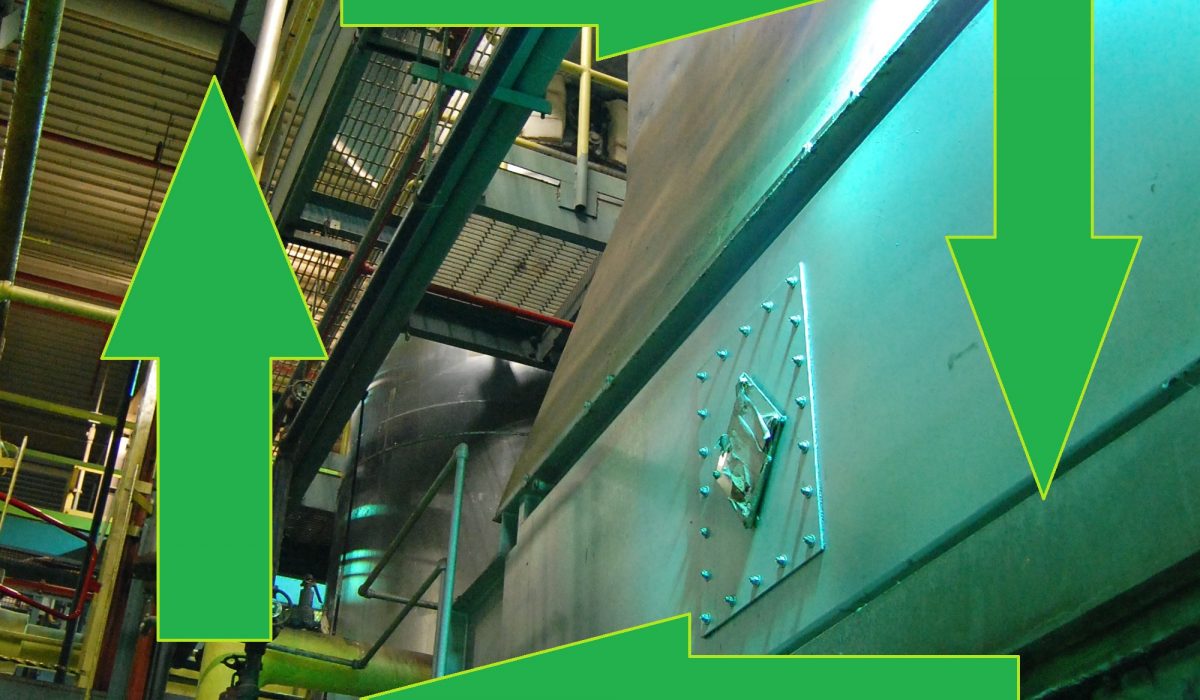
BusinessDictionary.com defines Life Cycle Cost as the “sum of all recurring and one-time costs over the full life span… of a good, service, structure or system.” This is a term often used in our industry, where process equipment and boilers are purchased with the intention of running them decades into the future. The rapid pace of technology, along with growing environmental concerns, has added additional elements to the calculation of life cycle cost. For example, a product with a long life may become obsolete before its end. Another concern is environmental laws. While a systems may be compliant with emission laws right now, changes in the future could hold even stricter emission restrictions.
Upgrading typically requires the replacement of a few parts while maintaining a whole system or product. That is changing with technology’s ever increasing advancement. Upgrading can mean different things depending on the product you purchase. If advanced technology is already being sold in the marketplace, other products may become obsolete as the newer technology takes hold. In a few decades, an upgrade may require complete replacement of some equipment. The latest technology tends to have a higher cost, which much be weighed in terms of the product life cycle. More than likely, a plant is better off choosing the latest technology because it will take a significant amount of time before it becomes obsolete. In the end, less money will be spent throughout the life cycle with a product that remains at the forefront of technology for years to come.
Today’s cutting-edge technology, such as intelligent HMI and variable frequency drives, many benefits, which much also be taken into consideration. Greater efficiency, less maintenance and a smaller environmental footprint are all elements of new technology that save money in a system. Such benefits may be necessary in the future. Our culture has only become increasingly concerned about industrial emissions. It can be assumed, then, that the future will see a gradual tightening of restrictions on emissions. A sure way to avoid negative impacts from future emission restrictions is to ensure your plant surpasses current standards. Installing an economizer can be a simple and cost effective way to begin. In addition to reducing emissions, it saves fuel and energy cost by harnessing the energy that would otherwise be lost up the stack. For these reasons, Synergy’s Economizer Solutions provides the fastest return on investment out of all of our products. At the end of the day, any steps in upgrading or optimizing that can reduce emissions can also reduce the cost of running a system. Such ‘green’ elements should weigh heavy in any life cycle cost analysis.
When it comes to calculating the life cycle cost of your next big business purchase, remember to consider more than purchase price, maintenance and life. Additional concerns, such as environmental impact and whether or not the product will be obsolete in the near future should carry a lot of weight in your decision.
~You aren’t alone in this decision. Synergy’s expert combustion engineers are always available to provide advice on whatever project you may be planning. Contact us at 630–724-1960, extension 12.
